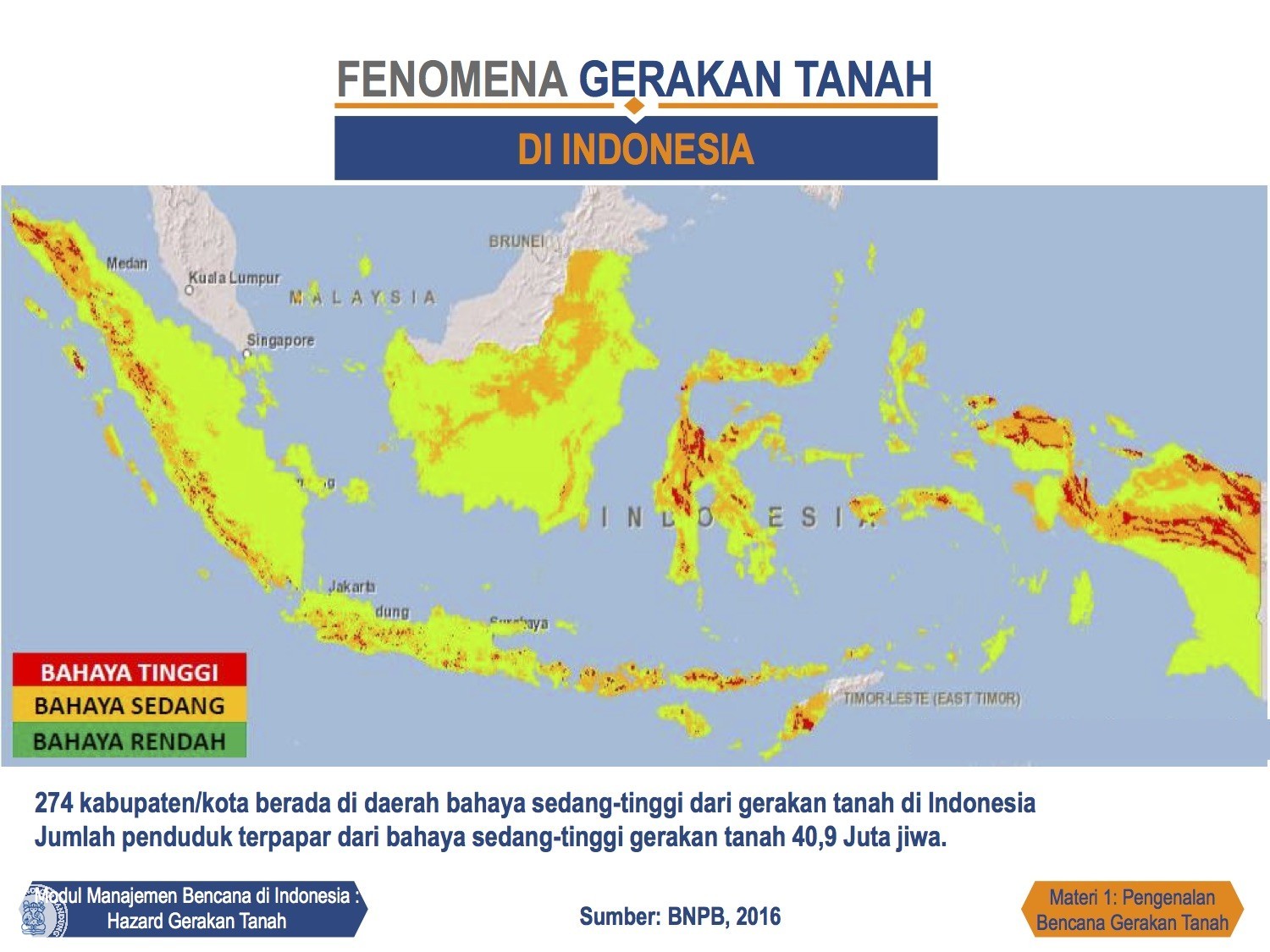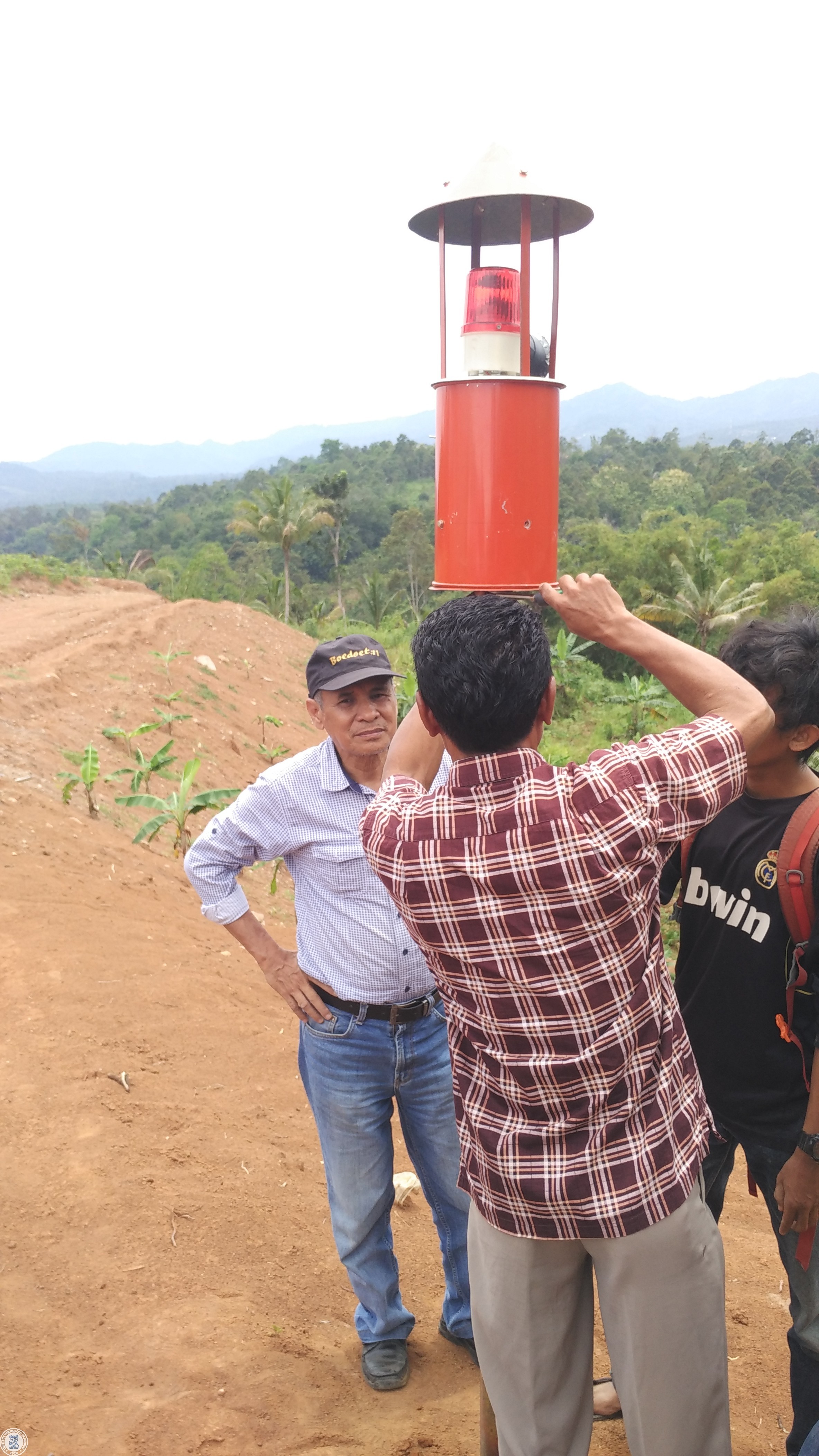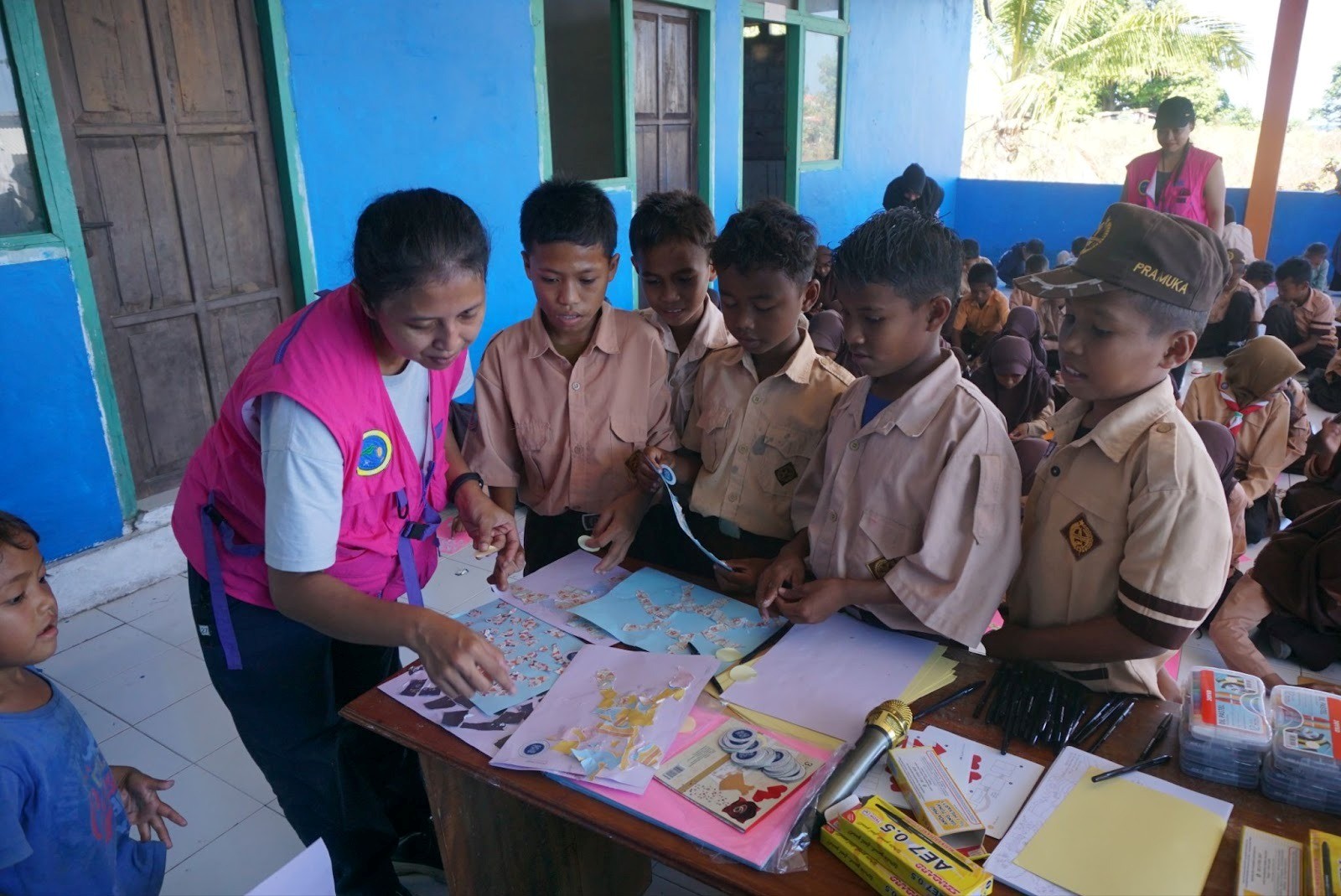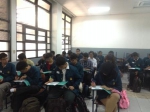ITB Lecturer Developed Early Landslide Detection Prototype
By Ahmad Fadil
Editor Ahmad Fadil

BANDUNG, itb.ac.id - Landslide is soil movement that causes the fall of rocks and clods of earth. This disaster often causes losses as well as casualties. The concerns towards affected people, give Dr. Ir. Irdam Adil, M.T., the idea to create an early landslide detection system.
Dr. Irdam is a lecturer at Institut Teknologi Bandung (ITB) who has been teaching since 1984, as well as a researcher in Geodesy and Geomatics Engineering Research Group. An event that makes him even eager to research this system is the occurrence of landslide in Banjarnegara, Central Java, in 2014. "I am concerned to see the news about landslide disaster on television at that time, and I began thinking how to make a system that is simple and cheap in order to help save the people when the disaster occurs," he said.
Irdam said that landslides in general have various depths, starting from ground level. Upper ground movement is usually faster than the lower. It will cause the objects above like houses or trees to tilt first before actually falling. This process becomes the basic idea for this early landslide detection system which, according to him, is fairly simple because it uses the principle of gravity attraction.

Image: Dr. Irdam when monitoring installation of landslide early warning system
"When a vertically mounted pendulum tilts and makes contact with sensory ring, the siren will go off. This siren should be heard at least up to 1 to 2 kilometers from the location of prototype installation," he said. This device has two parts, the core and the supporting parts. The core consists of sensor, 12 V DC current power supply, siren lamp and loudspeaker, while the supporting part is a 4 meter tall pole that will be planted to the ground as deep as 1 meter. The cost estimation to make a set of the device is about 300 thousand rupiah.
In 2017, this early landslide detection device was first implemented in Lampung. Previously, the device was published in the International Conference of Science, Infrastructure Technology and Regional Development (ICoSITeR) 2016 in South Lampung.
"Because this device is very simple both in its basic principles and materials, I hope people living in landslide prone areas can make their own," he said. He also said that the community must have awareness about the area where they live. According to him, the government can help educate the community, in terms of raising awareness for disaster response through disaster evacuation simulation "Because the community actually only have a few minutes to save themselves," he reminded.
Amidst his tight schedule as a lecturer at both ITB and ITERA (Institut Teknologi Sumatera), he is also occupied with developing his researches in surveying and mappings, including the development of weather detector, tide sensor, and water depth meter. He also encourages all ITB students to continue making works and collaborating with students across majors to make works that can help solve community problems.
Future feasible development for this landslide detection device is the addition of remote data communication system. "By adding remote data communication system, then when the landslide occurs, information can be sent quickly to corresponding agencies to carry rescue as soon as possible," he concluded.
Reporter: Billy Akbar Prabowo (Metallurgy Engineering 2016)
Photo: Geodesy and Geomatics Research Group/Dr. Irdam

.jpg)


.jpg)
.jpg)

.jpg)
